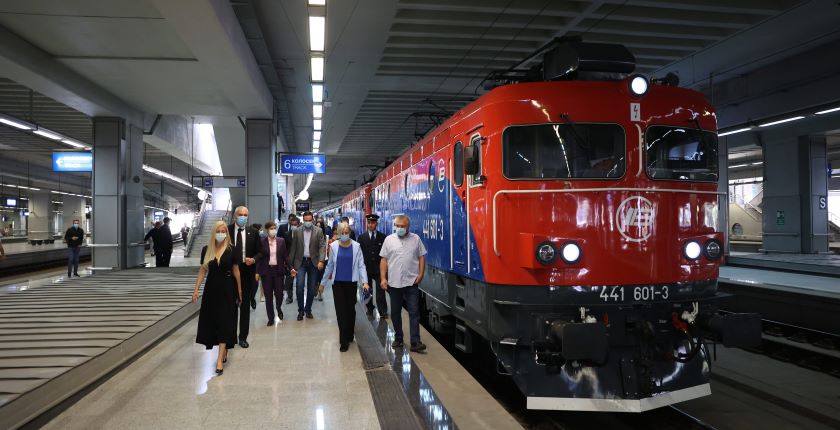
EBRD
Ministers in charge of transportation promised at the 1st Western Balkans Rail Summit in Belgrade to renew and digitalize the rail network and establish express train links between major cities as a major factor in environmentally sustainable mobility. The Connecting Europe Express train made a stop in the Serbian capital on its journey through 26 countries on the continent, launched to promote all the advantages of the railway.
The European Union declared 2021 to be the European Year of Rail to show it is one of the most sustainable, innovative and safest modes of transportation. The governments in the Western Balkans expressed willingness to participate in the efforts by signing a joint Dedication to Rail in Belgrade.
Ministers in charge of transportation vowed to modernize and digitalize the network and establish intercity connections to give people and businesses in the region better access to an environmentally friendly means of travel and freight. The Future is on Tracks, participants at the 1st Western Balkans Rail Summit stressed.
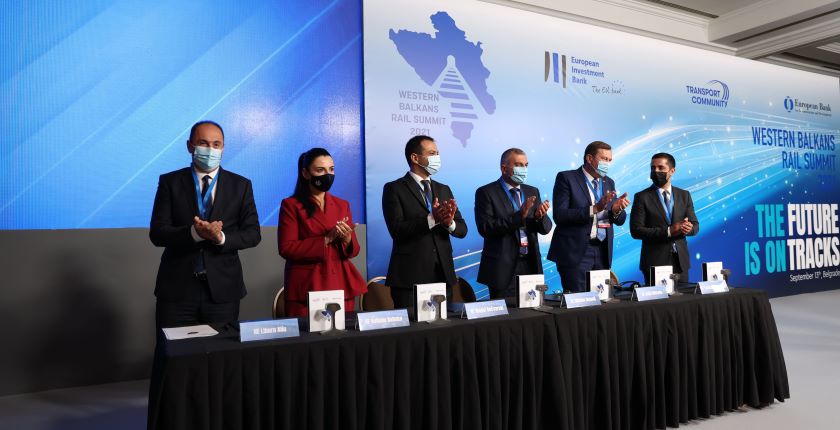
Connecting Europe Express spreading awareness on railway’s significance
The event was organized to coincide with the arrival of Connecting Europe Express. The train began its journey on September 2 in Lisbon to tour 26 countries and more than 100 cities in 36 days. It is taking guests, railway and transport experts and the media across the continent to showcase the unifying force of rail and promote all its advantages such as safety, low costs and low carbon footprint.
Trains are safe and affordable and have a low carbon footprint – in the EU, they are responsible for only 0.4% of greenhouse gas emissions
The Connecting Europe Express is currently on its way toward Athens, after which it will head north all the way to Tallinn, the capital of Estonia. The route is 20,000 kilometers long, ending in Paris on October 7.
The train brought the representatives of the European Commission to Belgrade. The summit was organized by the European Investment Bank (EIB) and European Bank for Reconstruction and Development (EBRD), under the auspices of the Ministry of Construction, Transport and Infrastructure of Serbia.
Discussions were held with rail professionals on how to advance the regional and European transport policy. Safety of level crossings and opening rail markets were among the most important topics.
Western Balkans need hundreds of millions of euros to improve rail capacity
“I hope that the First Western Balkans Rail Summit will create momentum to influence positive change with focus on investments in rail transport, that will make rail travel attractive again for the citizens and business in the region. This can be done by focusing simultaneously on two tracks – adopting standards and building and improving infrastructure,” Director of Transport Community Permanent Secretariat Matej Zakonjšek asserted.
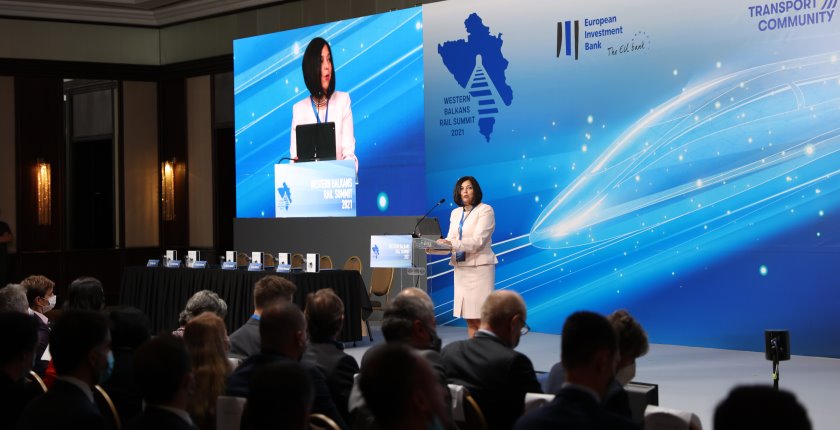
As the world is turning to greener and more responsible modes of transport, and with finance available, now is the opportunity for the Western Balkans countries to invest in their railways, said Nandita Parshad, Managing Director of the EBRD’s Sustainable Infrastructure Group.
“Together with the EU and EIB, we are strongly committed to continuing to provide well-structured and affordable finance for the development of railways as a sustainable, greener, and safer means of transport in the Western Balkans,” she stressed. In Parshad’s words, hundreds of millions of euros are needed for electrification, expansion, signaling, and digitization in the region.
Hydrogen complements electrification
The European Year of Rail is part of the EU’s efforts under the European Green Deal. The transportation sector is currently responsible for a quarter of greenhouse gas emissions and the target is to cut them by 90% by 2050 in the sector. Rail’s share in the EU is only 0.4%. In the Western Balkans, less than one third of rail tracks are electrified.
In the Western Balkans, less than one third of rail tracks are electrified
Of note, France’s engineering giant Alstom has just tested a passenger train that runs 100% on hydrogen in its home country. It is also developing a model that should be able to switch between electricity and hydrogen.
The Coradia iLint, the world’s first hydrogen-powered train, was recently presented in Sweden. Alstom took it for trial runs in other European countries as well. The train should enter regular service in Germany next year.
German state-owned railway company Deutsche Bahn and industrial behemoth Siemens have said they would put a test train running on hydrogen into operation in 2024.







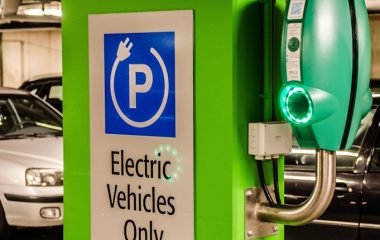
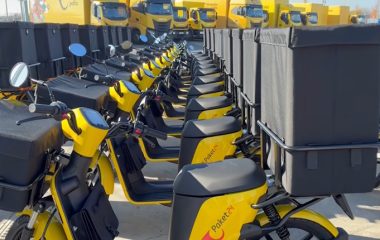
Be the first one to comment on this article.